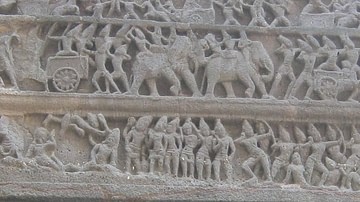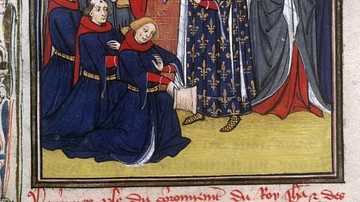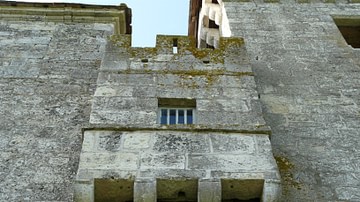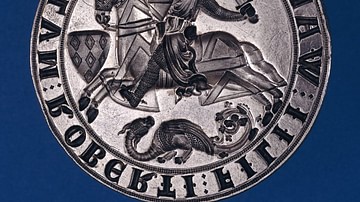Search Articles
Browse Content (p. 110)

Article
The Crusades: Causes & Goals
The Crusades were a series of military campaigns organised by Christian powers in order to retake Jerusalem and the Holy Land back from Muslim control. There would be eight officially sanctioned crusades between 1095 CE and 1270 CE and many...

Article
Clothes in Medieval England
As in just about any other period of history, clothing in the Middle Ages was worn for necessity, comfort, and display. Bright colours and rich decorations made for a striking medieval wardrobe, at least among the wealthy, although there...

Article
Medieval Knights: 12 of the Best
The knights of medieval Europe were meant to be the finest fighting men of their age, even more important, they were expected to be pure in thought and deed, as exemplified in the chivalrous code which they (usually) followed. Here are the...

Article
An Illustrated Glossary of Castle Architecture
Alure (Wall Walk) The walkway along the higher and interior part of a wall which often gives access to the higher floors of towers within the wall. Typically protected by battlements. Apse A semicircular projecting part of a building...

Interview
Information & Communication Technologies in Cultural Heritage & Tourism
Information and communication technologies (ICT) are revolutionizing the ways in which the public interacts, understands, and appreciates the importance of cultural heritage around the world. They are additionally enabling sustainable tourism...

Article
The Armour of an English Medieval Knight
English medieval knights wore metal armour of iron or steel to protect themselves from archers and the long swords of opponents. From the 9th century CE, chain mail suits gave protection and freedom of movement until solid plate armour became...

Article
Elephants In Ancient Indian Warfare
Elephants were used in the ancient Indian army, irrespective of regions, dynasties, or points in time; their importance was never denied and continued well into the medieval period as well. The ready availability in the subcontinent of the...

Article
How to Become a Medieval Knight
In medieval society a knight enjoyed a position of high status and often wealth, they were feared on the battlefield and known for their chivalry off it, but it took a long time and a lot of training to get there. Trained in weapons handling...

Article
Toilets in a Medieval Castle
The medieval toilet or latrine, then called a privy or garderobe, was a primitive affair, but in a castle, one might find a little more comfort and certainly a great deal more design effort than had been invested elsewhere. Practicality...

Article
The Weapons of an English Medieval Knight
The weapons of an English medieval knight in combat included the long sword, wooden lance with an iron tip, metal-headed mace, battle-axe, and dagger. Trained since childhood and practised at tournaments, the skilled knight could inflict...